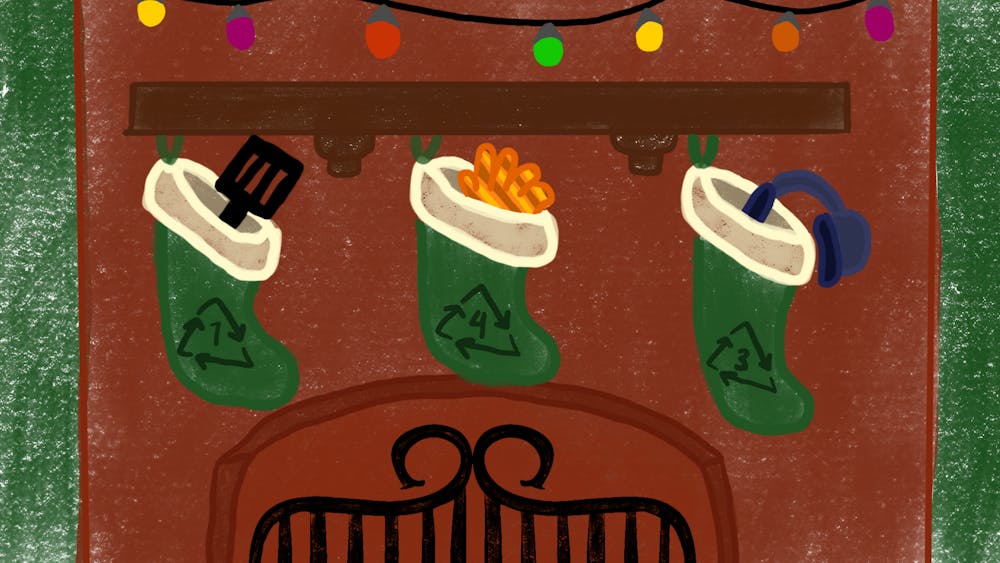Aphrodisiac foods are the stuff of urban legend and racy movie scenes, but do they actually work? Does eating a cherry really give you more health benefits than just some vitamin C? If you’ve ever simply laid eyes on an oyster, you would know why I’m so skeptical about claims that it is a mood-enhancer.
As it turns out, there’s a lot more to the science behind aphrodisiac foods than is apparent from watching two actors lick chocolate off each other’s beautiful bodies. Simply googling "aphrodisiac foods" gives you a pretty good idea of how much pseudoscience and wishful thinking is mixed in with actual facts.
First off, we have to decipher the origin of the word aphrodisiac, which may already be apparent to those familiar with Greek mythology. Aphrodite is the goddess of love and beauty, and the word derives from her name meaning “preparation or drug pertaining to sexual desire.”
The ancients also thought olive oil did a lot for the body. Among its many benefits, olive oil boosts circulation throughout the body and was also used by the sexually-active Greeks as a lubricant. I mean, if you’ve ever seen one of those Greek urns depicting orgies and trysts of all kinds, you know how crazy those people could get way back when.
Some aphrodisiacs are more symbolic than anything else. Take the fig: it is a great source of potassium and iron, which are essential inside or outside of the bedroom. The aphrodisiac qualities of figs go all the way back to Adam and Eve, with some historians claiming that it was the actual forbidden fruit. The inside of a fig represents fertility, while the fig leaf has historically been used to represent modesty. That is the leaf typically seen covering a Greek or Roman statue's or painting’s unmentionables. The fig leaves were often added later by rulers and church leaders.
Chocolate is one of the foods most commonly thought to be an aphrodisiac, but the scientific results on its effectiveness are generally disappointing. Studies from both 2006 and 2015 found chocolate certainly won’t hurt you trying to get in the mood, but it won’t necessarily help either. Chocolate is found to be related to higher serotonin levels in the brain but not to an increased sex drive.
Unfortunately, there may be some truth to oysters being aphrodisiacs. Appearance notwithstanding, they are high in zinc, which can increase sperm count and are also high in omega-3 fatty acids, which can improve the function of your nervous system. I guess the Romans were onto something here.
But college partiers beware: some of your favorite pastimes can actually be anaphrodisiacs, meaning they inhibit libido and sexual desire. Yes, shockingly, drinking until you are blackout drunk may in fact make it harder to get your sexy on later.
My main takeaway from this research is that often aphrodisiacs are a mind-over-matter issue. It’s less about whatever food you eat increasing desire or drive, but the state of mind you’re in while you eat it. If you’re having fun and are attracted to whomever you share a meal with, you’re more likely to have a fun time later. No amount of chocolate or cherries will make you excited to get with someone you don’t like. Choose food and partners wisely, and you’re likely to have a good time.






